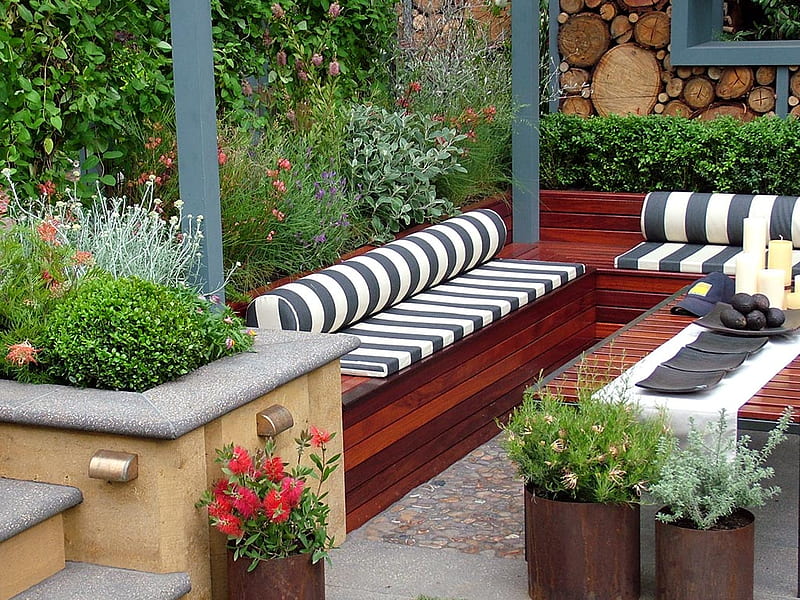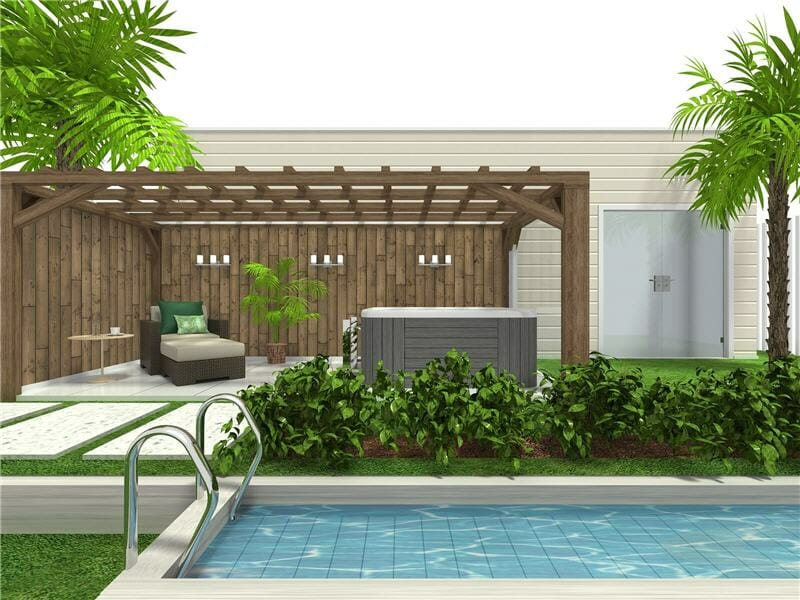Introduction (75 words): Landscaping, an art form that brings together the beauty of nature and human creativity, has the power to transform any outdoor space into a breathtaking oasis. Whether it’s a small garden, a sprawling backyard, or a commercial space, landscaping offers a multitude of possibilities to enhance the aesthetic appeal and functionality of an area. In this article, we will delve into the world of landscaping, exploring its various elements, design principles, and the profound impact it can have on our lives.

- The Essence of Landscaping (100 words): At its core, landscaping is the art of designing and modifying the natural elements of an outdoor space to create a harmonious and visually captivating environment. It goes beyond mere gardening, incorporating elements such as hardscapes, water features, lighting, and plants to craft a cohesive and balanced composition. Landscaping enables us to connect with nature, providing a tranquil retreat from the bustling urban lifestyle. By carefully considering the topography, climate, and desired functionality, landscape architects and designers shape spaces that evoke emotions and cater to the needs of those who inhabit them.
- Design Principles (100 words): Successful landscaping relies on the application of fundamental design principles. Balance, symmetry, scale, and unity play pivotal roles in creating a visually appealing landscape. Achieving a harmonious balance between hardscapes and softscapes, incorporating a range of textures and colors, and considering the scale of various elements are crucial in striking the right chord. Additionally, unity can be achieved through repetition of patterns, materials, or colors, while symmetry can add a sense of order and tranquility to a space. These design principles provide a framework for transforming an ordinary outdoor area into a work of art.
- Enhancing Functionality (100 words): Landscaping is not merely about aesthetics; it also serves practical purposes. By carefully planning and incorporating functional elements, a landscape can become an extension of our living spaces. Thoughtfully designed outdoor seating areas, pergolas, and gazebos provide spaces for relaxation and entertainment. Pathways, driveways, and proper lighting enhance accessibility and safety. Sustainable features such as rainwater harvesting, native plant selections, and efficient irrigation systems contribute to environmental conservation. Landscaping has the potential to transform an outdoor space into a versatile and functional area that seamlessly integrates with our daily lives.
- Benefits for Mental and Physical Well-being (100 words): The positive impact of landscaping extends far beyond its visual appeal. Research suggests that spending time in natural environments can reduce stress, improve cognitive function, and enhance overall well-being. Landscaping creates opportunities for outdoor activities, encouraging physical exercise and a healthier lifestyle. The presence of green spaces has been associated with improved air quality and a decrease in urban heat island effects. Moreover, well-designed landscapes can provide a sense of serenity and tranquility, promoting relaxation and mental rejuvenation. Landscaping, thus, nurtures both our physical and mental health, offering a respite from the demands of modern life.
Conclusion (25 words): Landscaping is an art form that holds the power to transform outdoor spaces into captivating havens, bringing us closer to the wonders of nature while enhancing our well-being.


